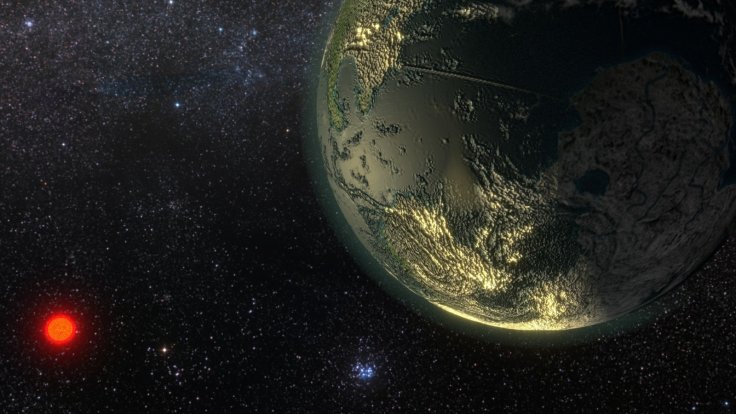
Until now, modern space scientists believed that dead stars do not have planets orbiting around them. However, a new discovery made by a team of astronomers has dismissed these views, as they have now spotted a giant alien exoplanet which is orbiting around a white dwarf.
Is this exoplanet orbiting white dwarf nearing death?
Researchers who took part in this study consider this discovery a milestone, as it adds up to the assumption that planetary systems used to survive even after the death of the star.
"This discovery is major progress because, over the past two decades, we had growing evidence that planetary systems survive into the white-dwarf stage. We've seen a lot of asteroids, comets and other small planetary objects hitting white dwarfs, and explaining these events require larger, planet-mass bodies further out. Having evidence for an actual planet that itself was scattered in is an important step," said Boris Gaensicke, a researcher at the University of Warwick and the lead author of the study.
During the study, researchers analyzed a white dwarf called WDJ0914+1914. Further analysis of this system helped scientists to find a Neptune-like planet orbiting around the white dwarf. However, researchers noted that this planet's final days are near. It should be noted that the white dwarf has a surface temperature of 50,400 degree Celsius, and this scorching heat is evaporating this alien planet at a rate of 3,640 tons per second.
White dwarf: Dead corpses of stars add mystery
Most of the stars in the Milky Way including the sun will end up as white dwarfs as they die. As these stars finish burning their fuel, they will start bloating and will evolve as red giants. In the course of time, they will collapse down into white dwarfs.
However, giant stars that have at least eight times the mass of the sun are an exception, as they used to turn supernova upon death. The remnants of these stars generally end up as neutron stars or black holes.
Exoplanets: The potential candidates to discover alien life
A few days back, a study funded by NASA had suggested that alien life will be discovered in exoplanets within the next few decades. The study report also added that humans should build an observatory on the far side of the moon to locate possible alien civilizations living in distant exoplanets.









